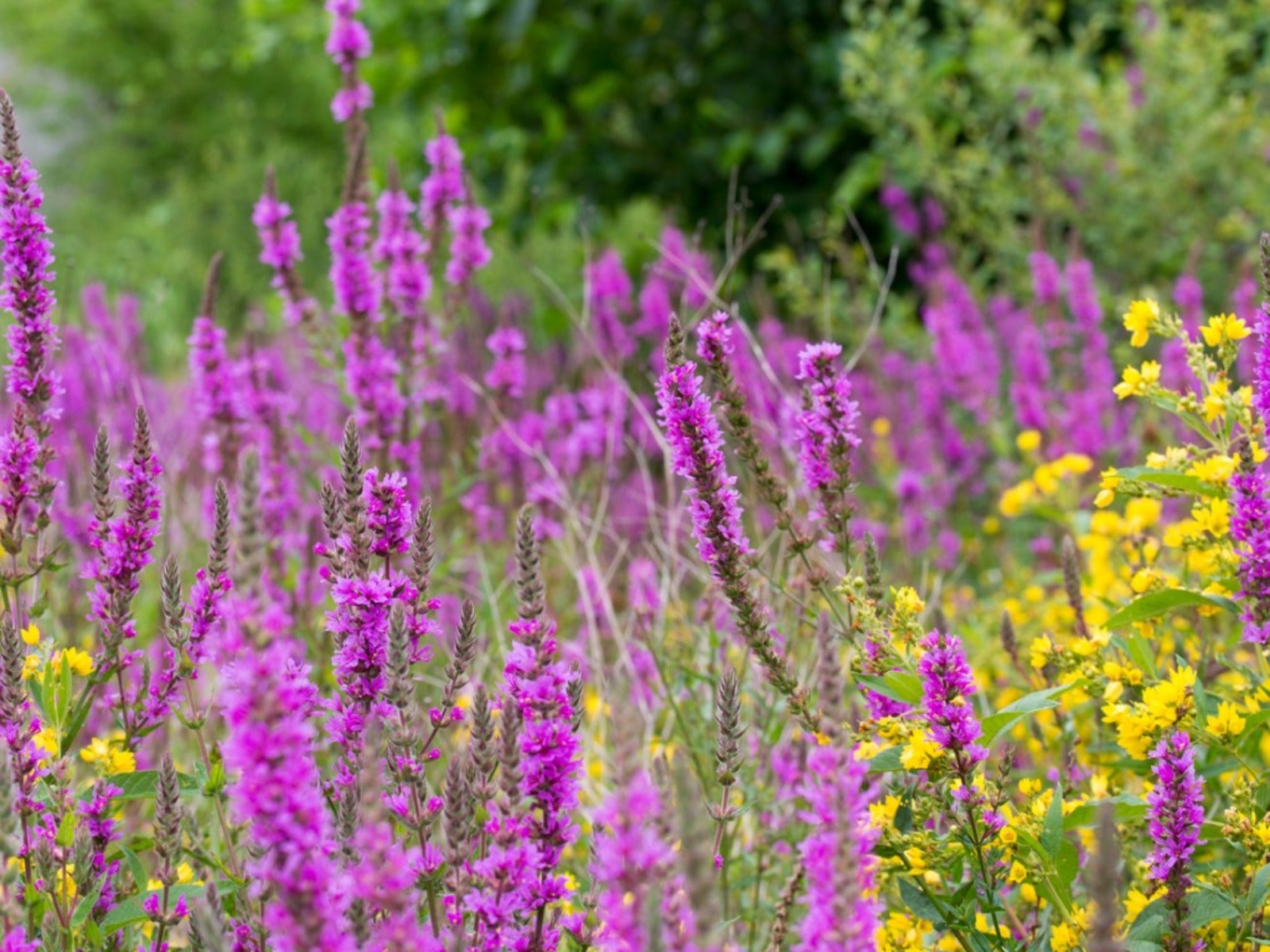What Makes A Plant Invasive? How Good Plants Go Bad


As gardeners and homeowners become increasingly aware of environmental issues and sustainability, they are becoming more interested in native ecosystems. If you’re new to this, the non-native vs. invasive and native discussion can be a little confusing. It’s important to understand the differences so you can choose the best plants for your local area.
What is an Invasive Plant?
Most people know that an invasive plant is a problem, but do you know why? What makes a plant invasive? Are all non-native species invasive? These are important questions. Start with definitions of three important terms:
- Native plant: A plant is native if it occurs naturally in the location in which it evolved, with no human intervention. In other words, people did not move the plant to that location. It is naturally adapted to its region and exists in symbiotic relationships with other plants and wildlife.
- Non-native plant: A plant is non-native if it grows in a location only due to human intervention. People took the plant out of its native range and introduced it to a new area. It might do well in the introduced area and establish relationships with other plants and wildlife, or it might not.
- Invasive plant: An invasive plant is a non-native plant that has been introduced to a new area and causes environmental harm or harm to humans. Invasives are always non-native species.
How Do Species Become Invasive?
Non-native plants are introduced to new areas either intentionally or accidentally. Intentional planting of non-native species in gardens has been a primary cause of the spread of these plants. Plant sellers have long looked for new specimens people might like, and gardeners have long embraced them.
Once in the garden, it’s easy for a native plant to spread. The gardener may not intend for this to happen, but it’s a quality of invasive plants. They spread easily through their own roots or runners or by seeds carried by wildlife.
An introduced plant species becomes invasive when it outcompetes native plants for resources, causes harm to native wildlife, or causes harm to human or animal health. There are several characteristics that make a plant more likely to become invasive:
- They produce a lot of seeds, which makes it easier for them to spread. Garlic mustard is a good example of this, making thousands of seeds per plant.
- Invasives often reproduce sexually, through seeds, and asexually, for instance, through rhizomes. This gives them an edge over other plants.
- They often have leaves that emerge earlier in spring and stay green later in fall, like invasive honeysuckles. This allows the plants to photosynthesize longer than native plants. They can also produce shade that harms smaller native plants.
- Invasive plants are usually generalists. They can survive and even thrive in a variety of conditions, including soil types, moisture levels, and light conditions.
- They are not as susceptible to pests as native species. In their native ranges, most plants have pests that keep their growth under control.
Some invasive plants even secrete chemicals that harm nearby plants. Phragmites, a reed invasive in many areas of the U.S., releases an acidic toxin from its roots that dissolves other plants.
With all these strategies, invasive plants can spread quickly and either actively harm or outcompete native species. This results in a monoculture in which one plant dominates the ecosystem.
Sign up for the Gardening Know How newsletter today and receive a free copy of our e-book "How to Grow Delicious Tomatoes".
Are Non-Native Species Always Invasive?
While it’s true that an invasive plant is, by definition, non-native, the opposite is not always true. It is possible to introduce a benign non-native plant that grows well but causes no harm.
Many non-native plants, sometimes called exotic or ornamental, have desirable qualities. They are attractive, easy to grow, easy to propagate, produce a lot of flowers, and in some cases produce edible fruit.
It’s possible to enjoy these characteristics without introducing a harmful, invasive species to your local ecosystem. In fact, you probably already have many safe, non-native plants. Some examples in the U.S. include:
- Most vegetables, like tomatoes and peppers
- Petunias
- Impatiens
- Lilacs
- Most herbs
Before bringing in any new plant, know your species. If you’re unsure whether a non-native plant is invasive, contact your state’s natural resources department or your local extension office for more information.

Mary Ellen Ellis has been gardening for over 20 years. With degrees in Chemistry and Biology, Mary Ellen's specialties are flowers, native plants, and herbs.